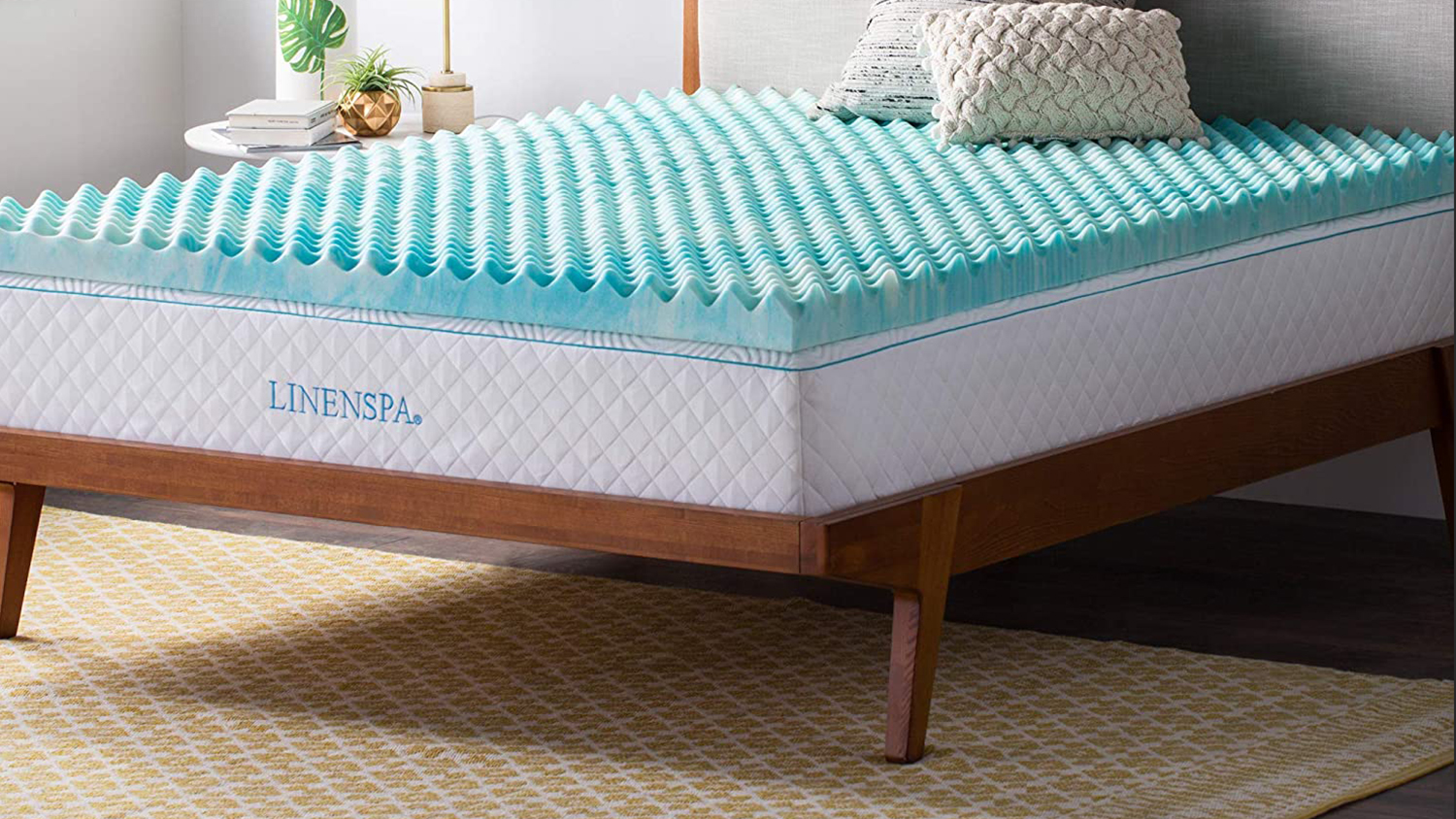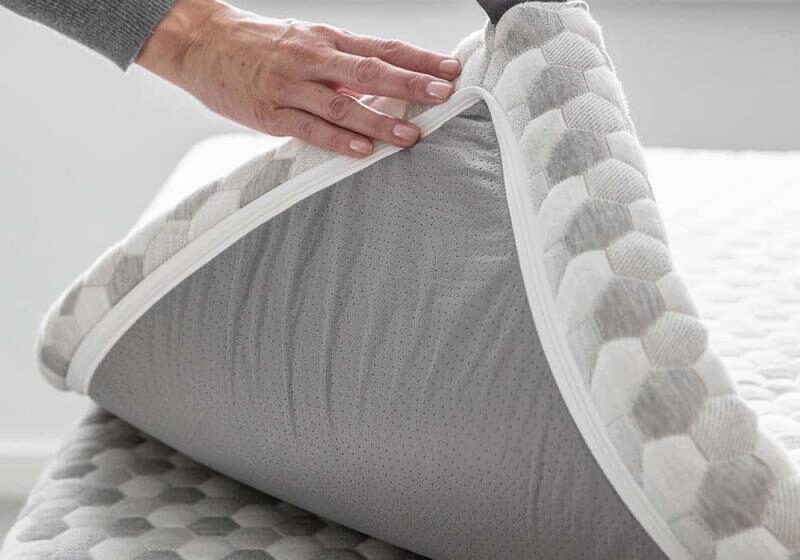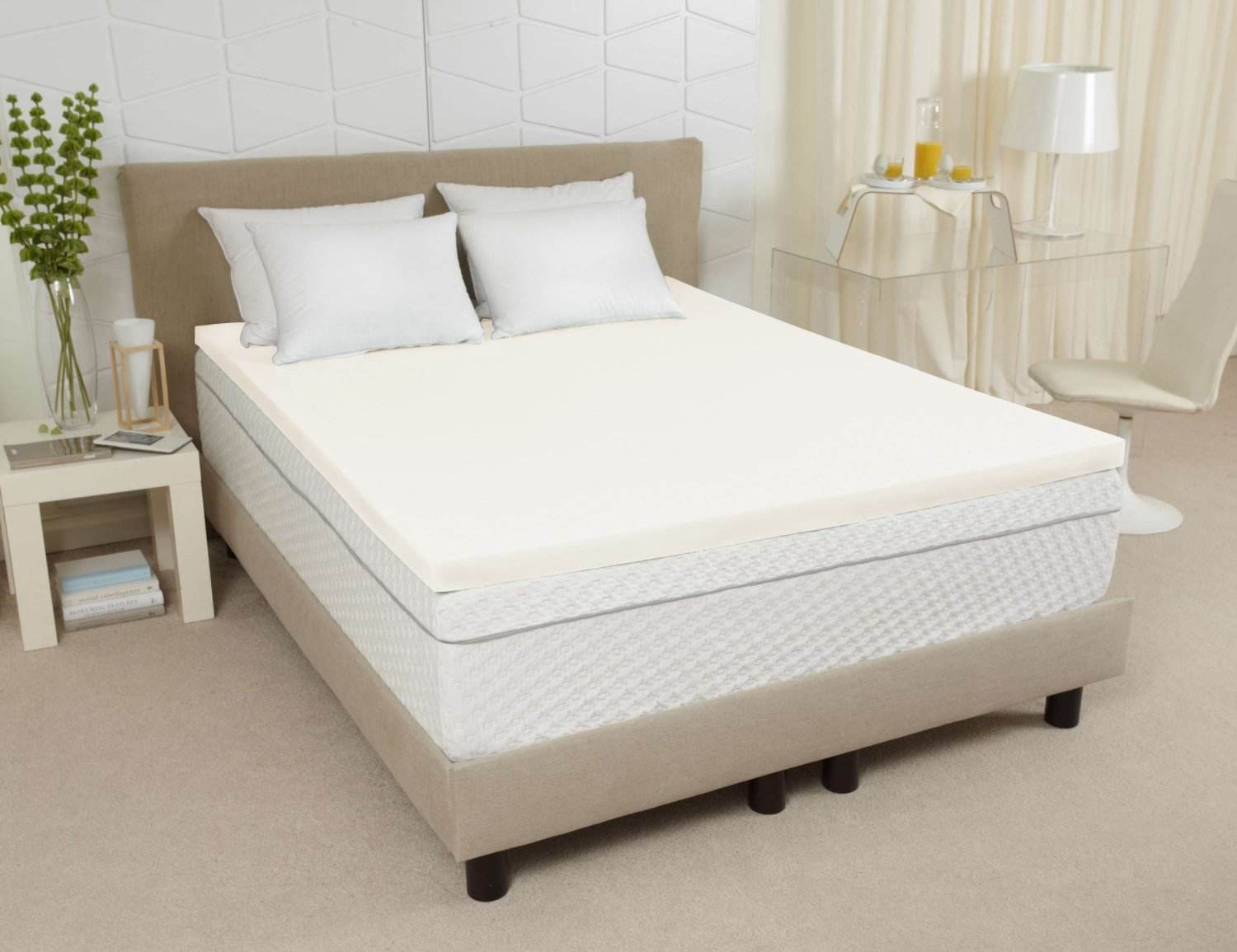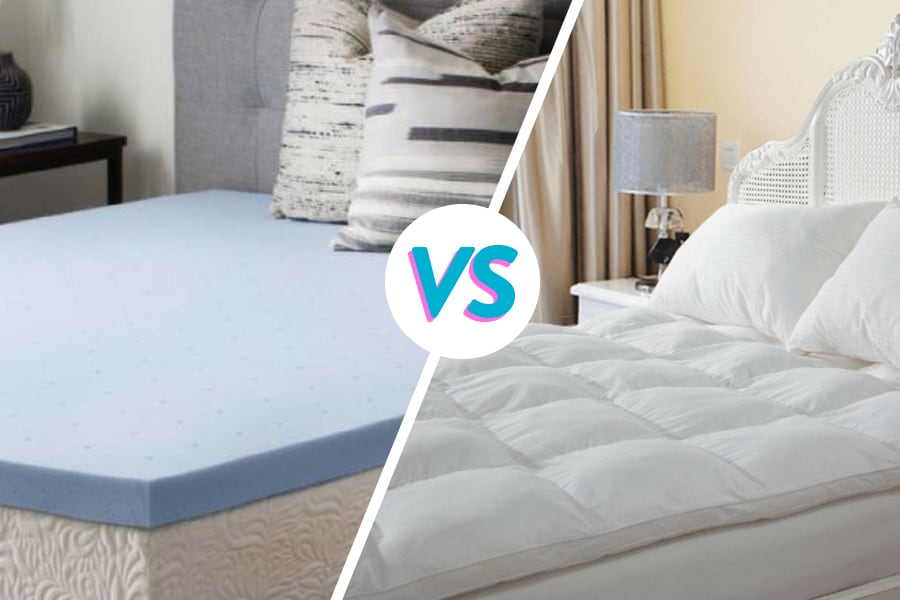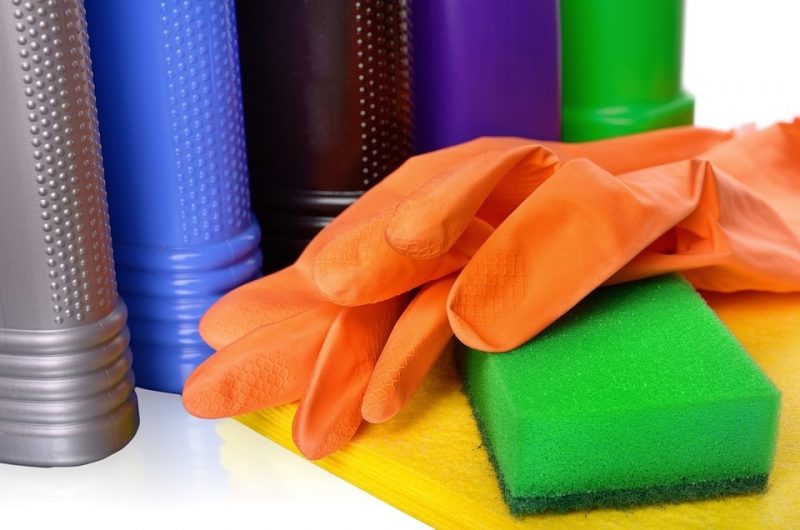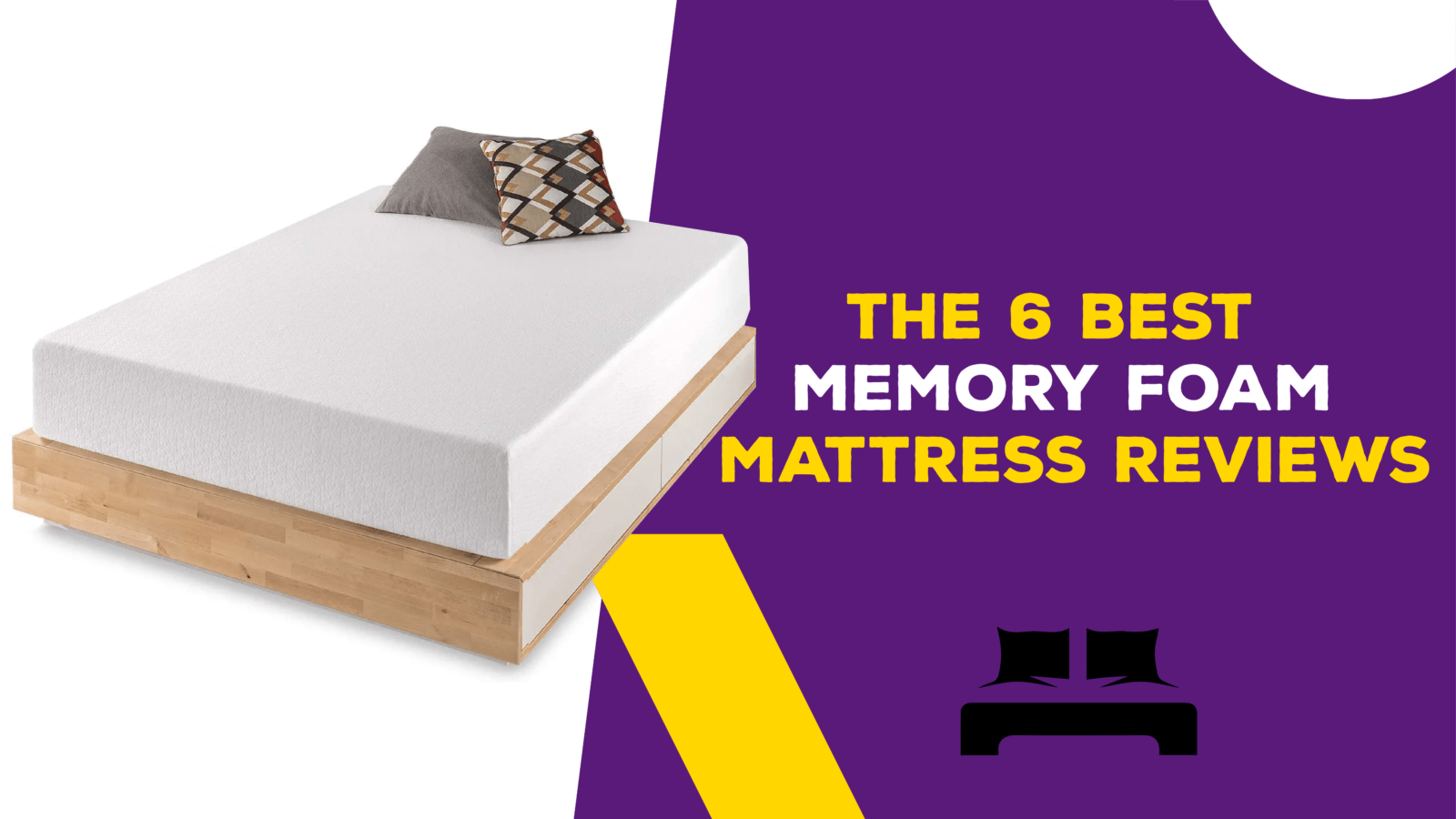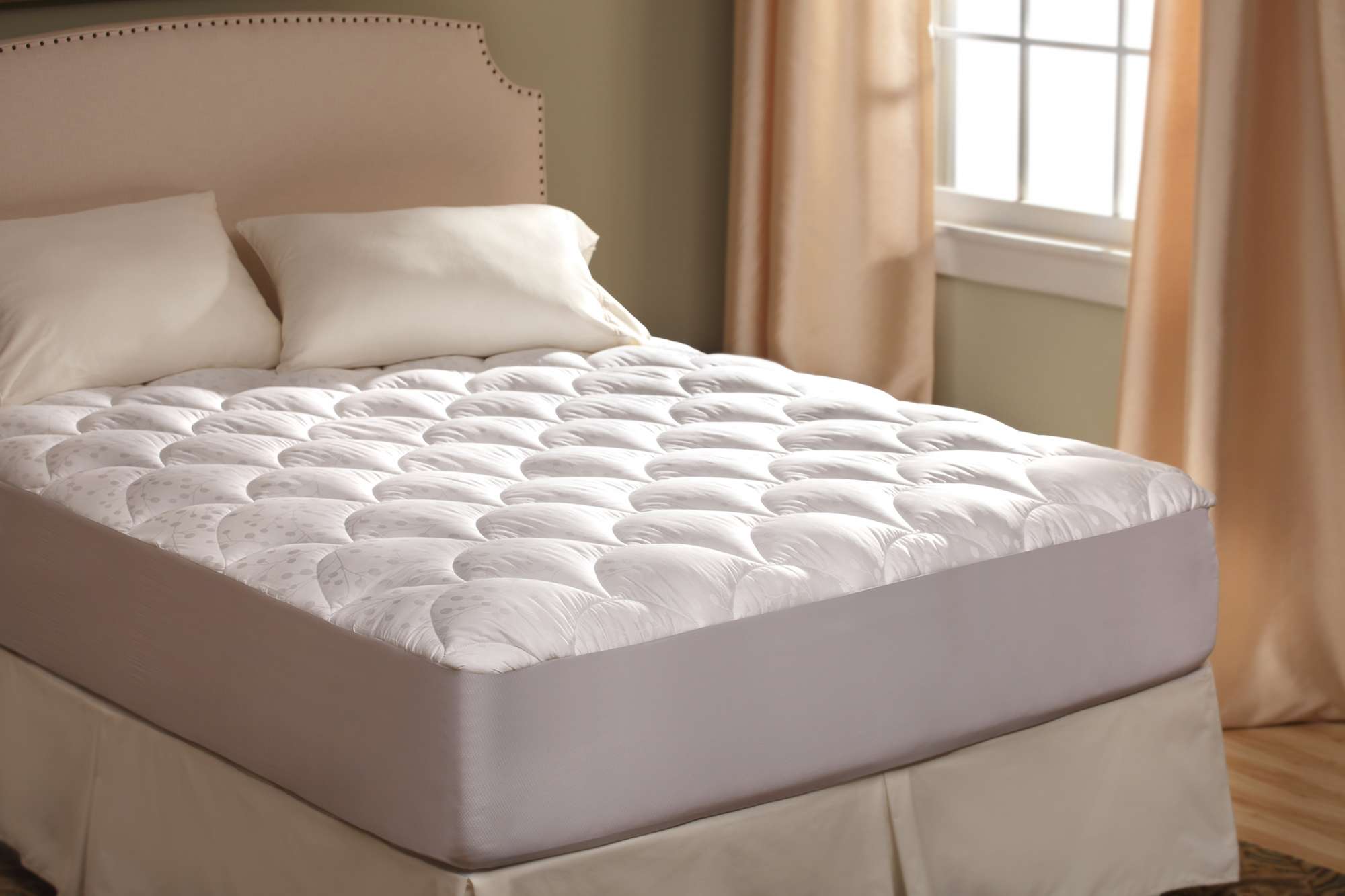The purpose of a memory foam mattress topper is to provide an extra layer of comfort and support to your existing mattress. Made from viscoelastic foam, this type of topper conforms to your body's shape and weight, distributing pressure evenly and providing relief to pressure points. It can help improve the overall comfort and longevity of your mattress, as well as provide additional benefits for your sleep quality and health.Memory Foam Mattress Topper Purpose
1. Enhanced Comfort: The main benefit of a memory foam mattress topper is the added comfort it provides. It offers a plush and luxurious feel that can make your mattress more inviting and comfortable to sleep on. 2. Pressure Relief: Memory foam has the ability to conform to your body's shape, reducing pressure on your joints and muscles. This can help alleviate pain and discomfort, especially for those with arthritis or other chronic pain conditions. 3. Improved Sleep Quality: By reducing pressure and promoting proper spinal alignment, a memory foam mattress topper can help improve the quality of your sleep. It can also reduce tossing and turning, resulting in a more restful night's sleep. 4. Motion Isolation: If you share a bed with a partner, a memory foam topper can help reduce motion transfer. This means you won't be disturbed by your partner's movements during the night, allowing you to sleep more peacefully. 5. Longevity of Your Mattress: Adding a memory foam topper can help extend the life of your mattress by providing an extra layer of protection against wear and tear. It can also help prevent sagging and indentations, which can occur over time with regular use.Benefits of Using a Memory Foam Mattress Topper
When shopping for a memory foam mattress topper, there are a few key factors to consider: 1. Density: The density of a memory foam topper refers to the weight of the foam per cubic foot. Higher density foam provides more support and is more durable, but it may also retain more heat. Lower density foam is softer and more affordable, but it may not last as long. 2. Thickness: Memory foam toppers come in a variety of thicknesses, typically ranging from 2-4 inches. The thicker the topper, the more cushioning and support it will provide. However, thicker toppers may also retain more heat. 3. Firmness: Memory foam toppers come in different levels of firmness, from soft to firm. The right level of firmness for you will depend on your personal preferences and any specific needs, such as back pain relief. 4. Cover Material: Some memory foam toppers come with a cover, which can provide an extra layer of protection and make it easier to keep clean. Look for a cover made of breathable and hypoallergenic materials, such as bamboo or cotton.How to Choose the Right Memory Foam Mattress Topper
1. Affordable Alternative to a New Mattress: If you're not ready to invest in a new mattress but want to improve its comfort and support, a memory foam topper is a cost-effective solution. 2. Customizable Comfort: With different options for density, thickness, and firmness, you can choose a memory foam topper that best suits your specific needs and preferences. 3. Easy to Maintain: Memory foam toppers are relatively low maintenance. They don't require flipping, and most can be spot cleaned with a mild detergent and water. 4. Versatile: Memory foam toppers can be used on any type of mattress, including innerspring, memory foam, and even air mattresses. This makes them a versatile option for those who may have multiple beds in their home. 5. Health Benefits: In addition to improving sleep quality and reducing pain, memory foam toppers can also provide relief for those with allergies and asthma. They are resistant to dust mites and other allergens, making them a healthier choice for your sleep environment.Top Reasons to Invest in a Memory Foam Mattress Topper
While memory foam mattress toppers and mattress pads may seem similar, there are some key differences to be aware of. 1. Material: Memory foam toppers are made of viscoelastic foam, while mattress pads can be made of a variety of materials, such as cotton, wool, or polyester. 2. Thickness: Memory foam toppers are typically thicker than mattress pads, providing more cushioning and support. 3. Purpose: Memory foam toppers are primarily used to improve the comfort and support of your mattress, while mattress pads serve more as a protective layer against spills and stains. 4. Price: Memory foam toppers tend to be more expensive than mattress pads, but they also offer more benefits and longevity.Memory Foam Mattress Topper vs. Mattress Pad: What's the Difference?
1. Air It Out: When you first receive your memory foam topper, unroll it and allow it to air out for a few hours to get rid of any odors from the packaging. 2. Protect It: To keep your topper clean and extend its lifespan, use a mattress protector over it. This will protect it from spills, stains, and dust mites. 3. Spot Clean as Needed: If your topper gets dirty, it can be spot cleaned with a mild detergent and water. Be sure to avoid using harsh chemicals or scrubbing too vigorously, as this can damage the foam. 4. Rotate It: To prevent uneven wear and tear, rotate your topper every few months. 5. Don't Fold It: Memory foam toppers should not be folded or bent, as this can cause damage to the foam and affect its performance.How to Care for Your Memory Foam Mattress Topper
If you suffer from back pain, a memory foam topper may be able to provide some relief. By conforming to your body's shape, it can reduce pressure on your spine and help promote proper spinal alignment. This can alleviate pain and discomfort, allowing for a more comfortable and restful night's sleep.Memory Foam Mattress Topper for Back Pain Relief
By providing pressure relief, motion isolation, and temperature regulation, a memory foam topper can help improve your sleep quality. It can also reduce tossing and turning, allowing you to stay in a deeper, more restorative sleep for longer periods of time.Memory Foam Mattress Topper for Better Sleep Quality
One of the potential drawbacks of memory foam is that it can retain heat, making it uncomfortable for some sleepers. However, many memory foam toppers now come with cooling features, such as gel-infused foam or ventilation holes, to help regulate temperature and keep you cool and comfortable throughout the night.Memory Foam Mattress Topper for Temperature Regulation
Memory foam toppers are naturally resistant to dust mites and other allergens, making them a great choice for those with allergies and asthma. They are also less likely to harbor bacteria and mold, which can trigger respiratory issues. However, it's still important to regularly clean and maintain your topper to keep it free of allergens.Memory Foam Mattress Topper for Allergies and Asthma
The Benefits of Using a Memory Foam Mattress Topper in Your Home

What is a Memory Foam Mattress Topper?
 A memory foam mattress topper is a thick layer of foam that is placed on top of a traditional mattress. This foam is made of a special material that molds and contours to your body, providing support and comfort while you sleep. It is often used as a more affordable alternative to purchasing a full memory foam mattress.
A memory foam mattress topper is a thick layer of foam that is placed on top of a traditional mattress. This foam is made of a special material that molds and contours to your body, providing support and comfort while you sleep. It is often used as a more affordable alternative to purchasing a full memory foam mattress.
The Purpose of a Memory Foam Mattress Topper
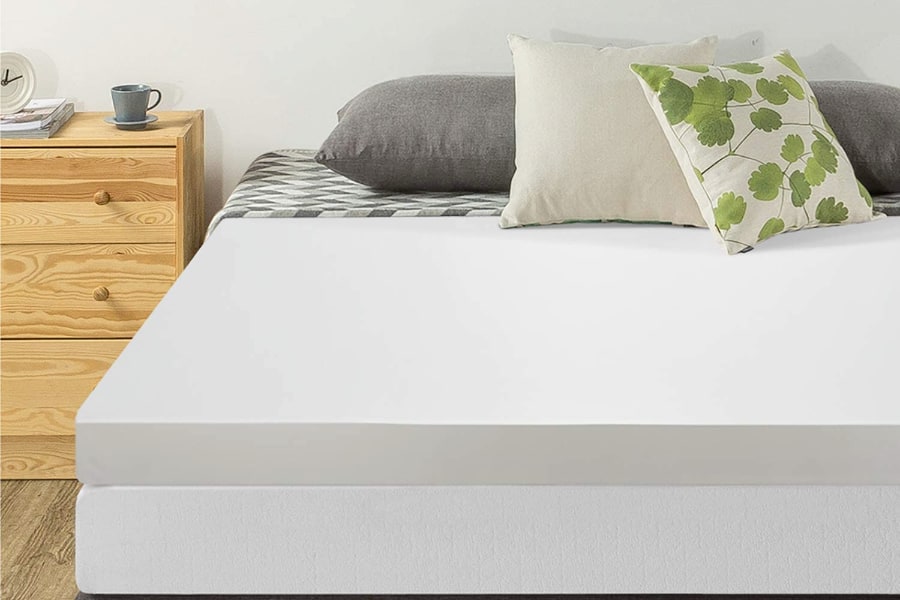 The main purpose of a memory foam mattress topper is to improve the overall comfort and support of your mattress. Many traditional mattresses can become worn out and lose their shape over time, leading to discomfort and poor sleep quality. By adding a memory foam topper, you can revitalize your old mattress and extend its lifespan.
One of the primary benefits of using a memory foam mattress topper is its ability to relieve pressure points on your body.
This is especially beneficial for those who suffer from chronic pain or have trouble sleeping due to discomfort. The foam evenly distributes your body weight, reducing the strain on specific areas such as your hips, shoulders, and back.
In addition, a memory foam mattress topper can also help to improve spinal alignment and promote better posture while you sleep.
This is crucial for maintaining a healthy spine and preventing back pain. The foam conforms to your body's natural curves, providing support where needed and allowing your muscles to relax.
The main purpose of a memory foam mattress topper is to improve the overall comfort and support of your mattress. Many traditional mattresses can become worn out and lose their shape over time, leading to discomfort and poor sleep quality. By adding a memory foam topper, you can revitalize your old mattress and extend its lifespan.
One of the primary benefits of using a memory foam mattress topper is its ability to relieve pressure points on your body.
This is especially beneficial for those who suffer from chronic pain or have trouble sleeping due to discomfort. The foam evenly distributes your body weight, reducing the strain on specific areas such as your hips, shoulders, and back.
In addition, a memory foam mattress topper can also help to improve spinal alignment and promote better posture while you sleep.
This is crucial for maintaining a healthy spine and preventing back pain. The foam conforms to your body's natural curves, providing support where needed and allowing your muscles to relax.
Other Benefits of a Memory Foam Mattress Topper
 Aside from its primary purpose of enhancing comfort and support, a memory foam mattress topper also has other benefits for your home. It can act as a protective layer for your mattress, preventing spills and stains from seeping through. This can be especially useful for families with young children or pets.
Furthermore, a memory foam mattress topper can also reduce motion transfer, making it an ideal solution for couples with different sleep schedules.
The foam absorbs movement, preventing it from being felt on the other side of the bed. This can lead to a more restful sleep for both individuals.
Aside from its primary purpose of enhancing comfort and support, a memory foam mattress topper also has other benefits for your home. It can act as a protective layer for your mattress, preventing spills and stains from seeping through. This can be especially useful for families with young children or pets.
Furthermore, a memory foam mattress topper can also reduce motion transfer, making it an ideal solution for couples with different sleep schedules.
The foam absorbs movement, preventing it from being felt on the other side of the bed. This can lead to a more restful sleep for both individuals.








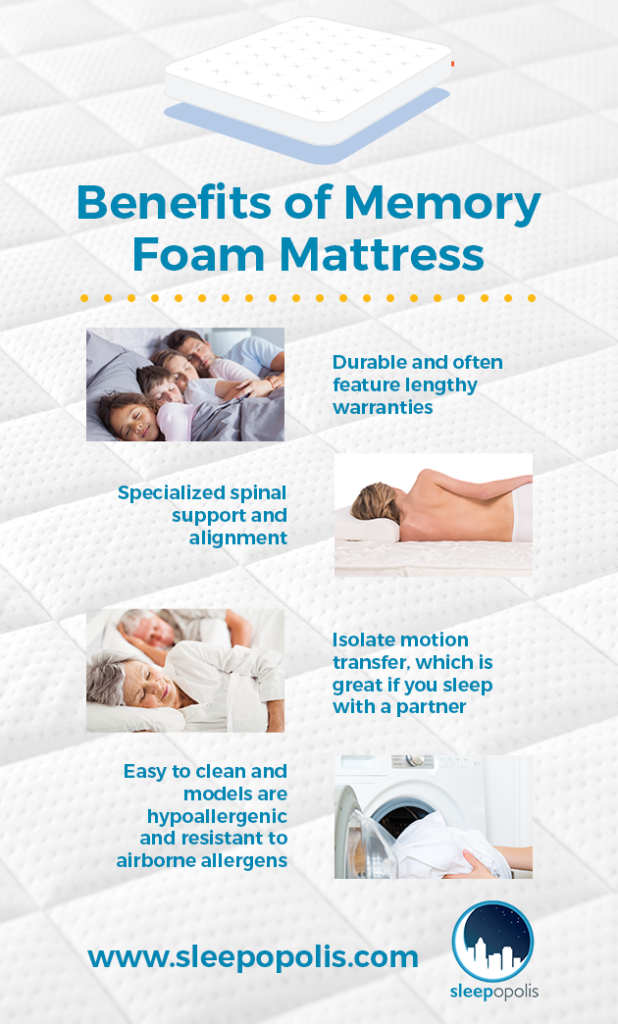


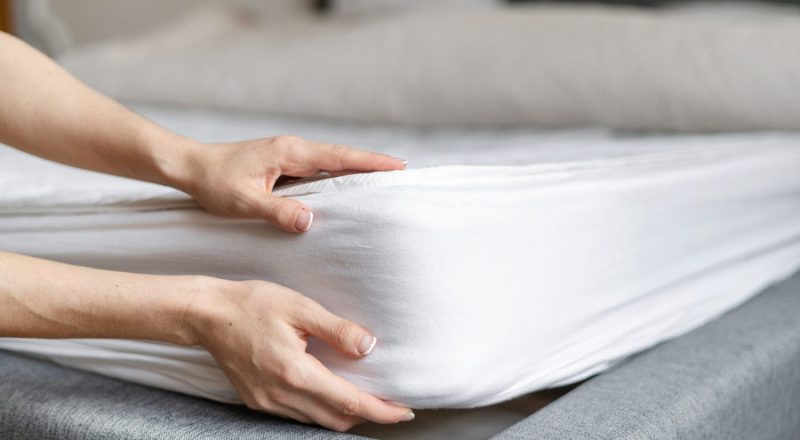
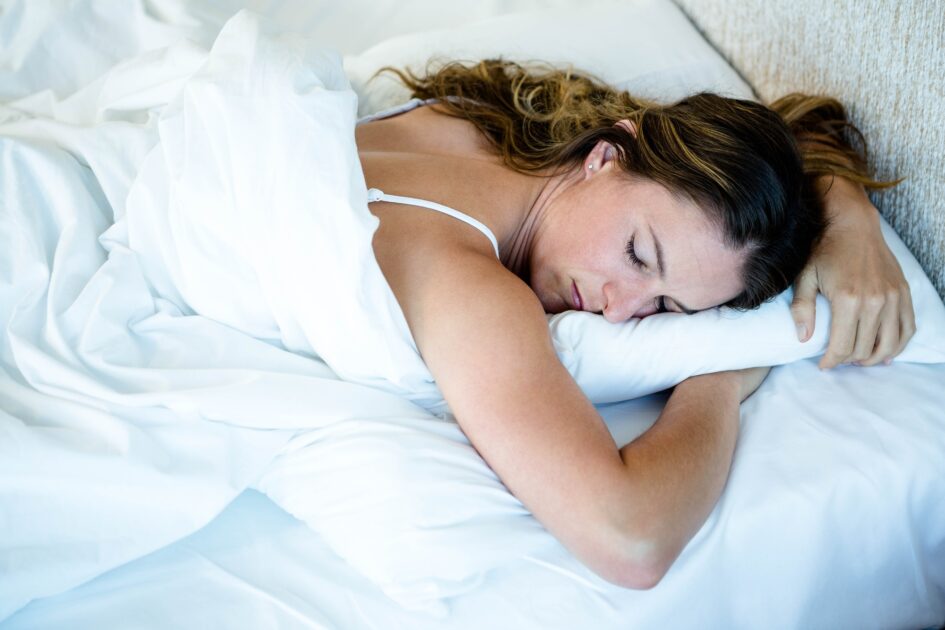

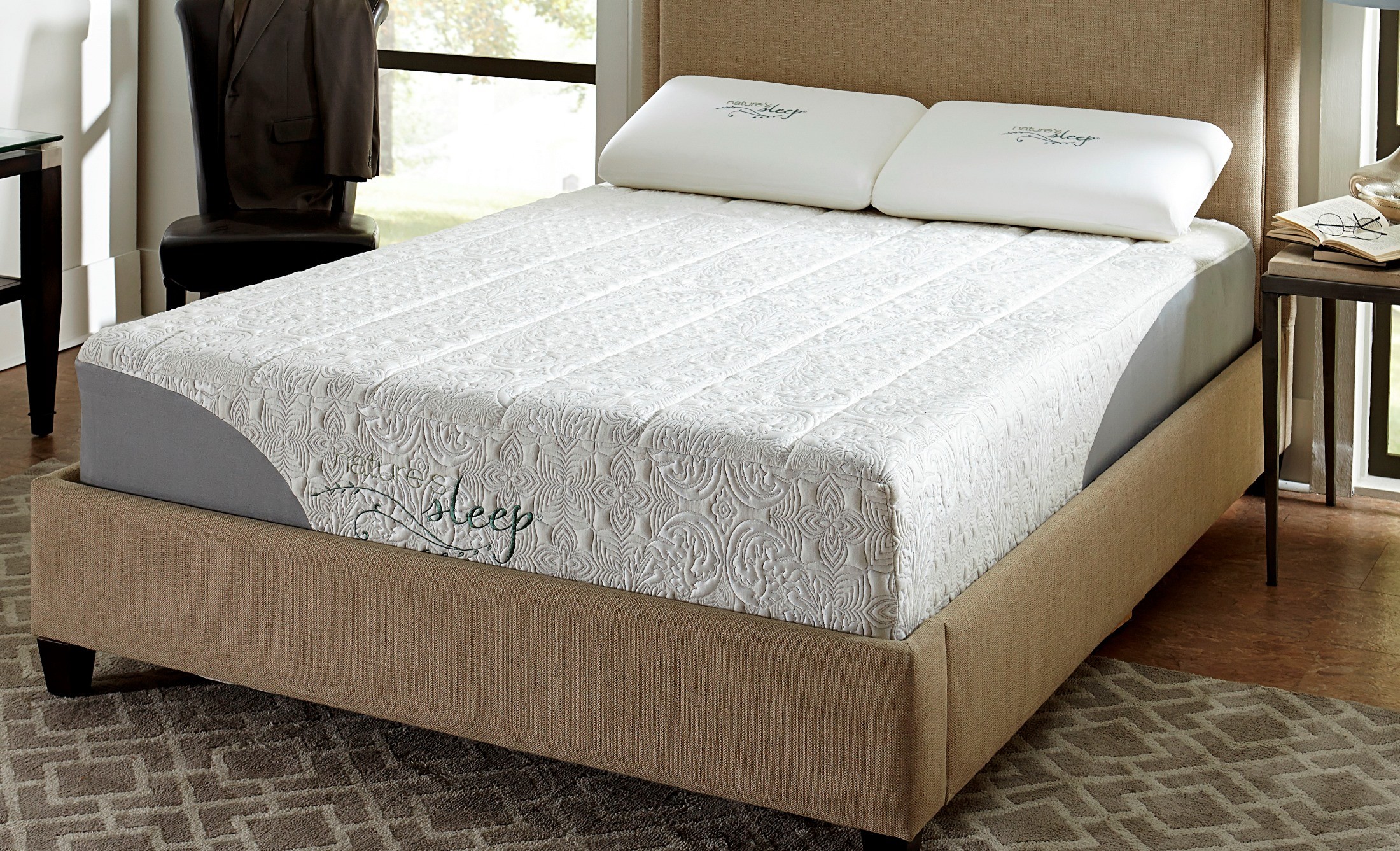





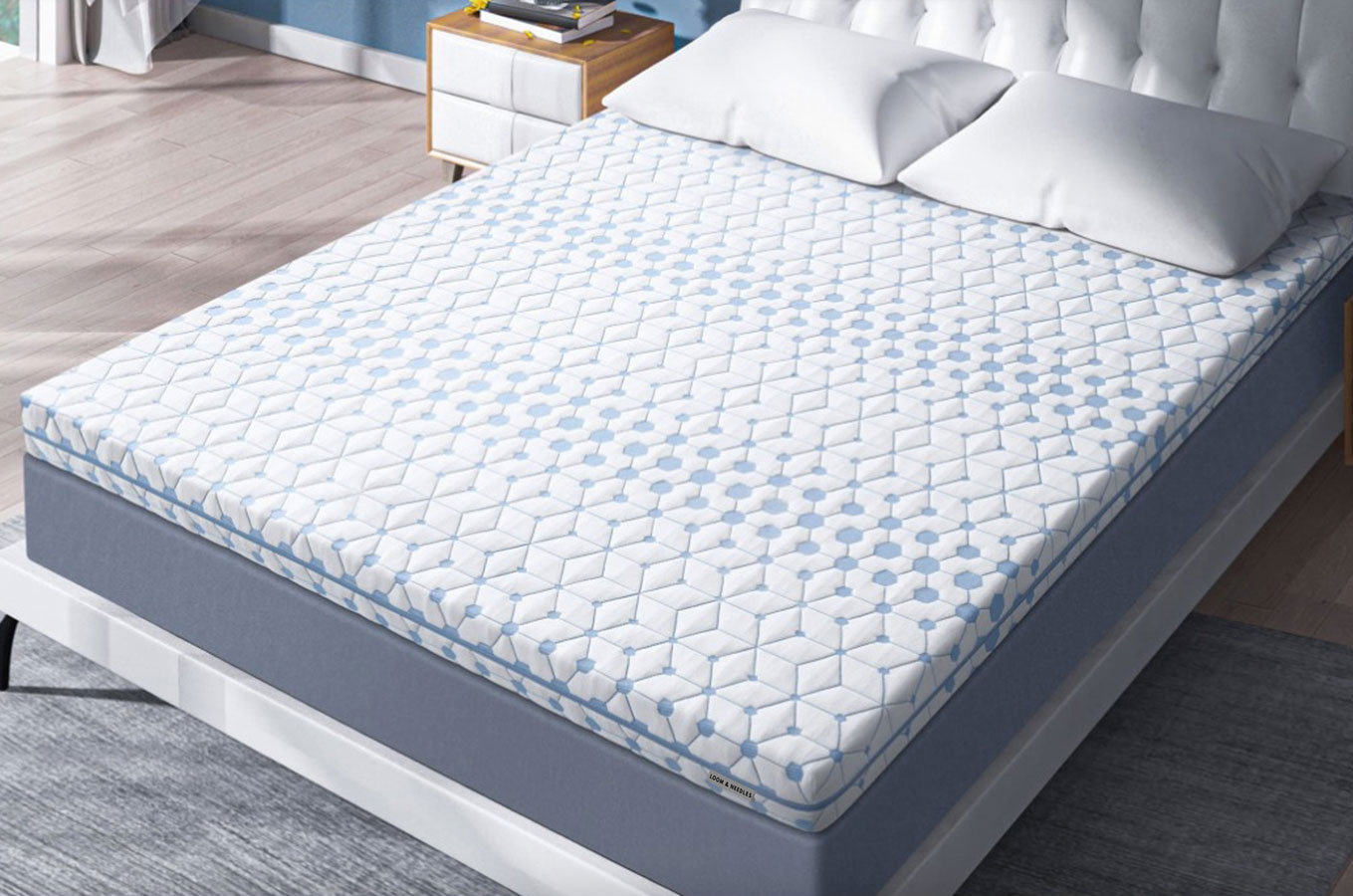







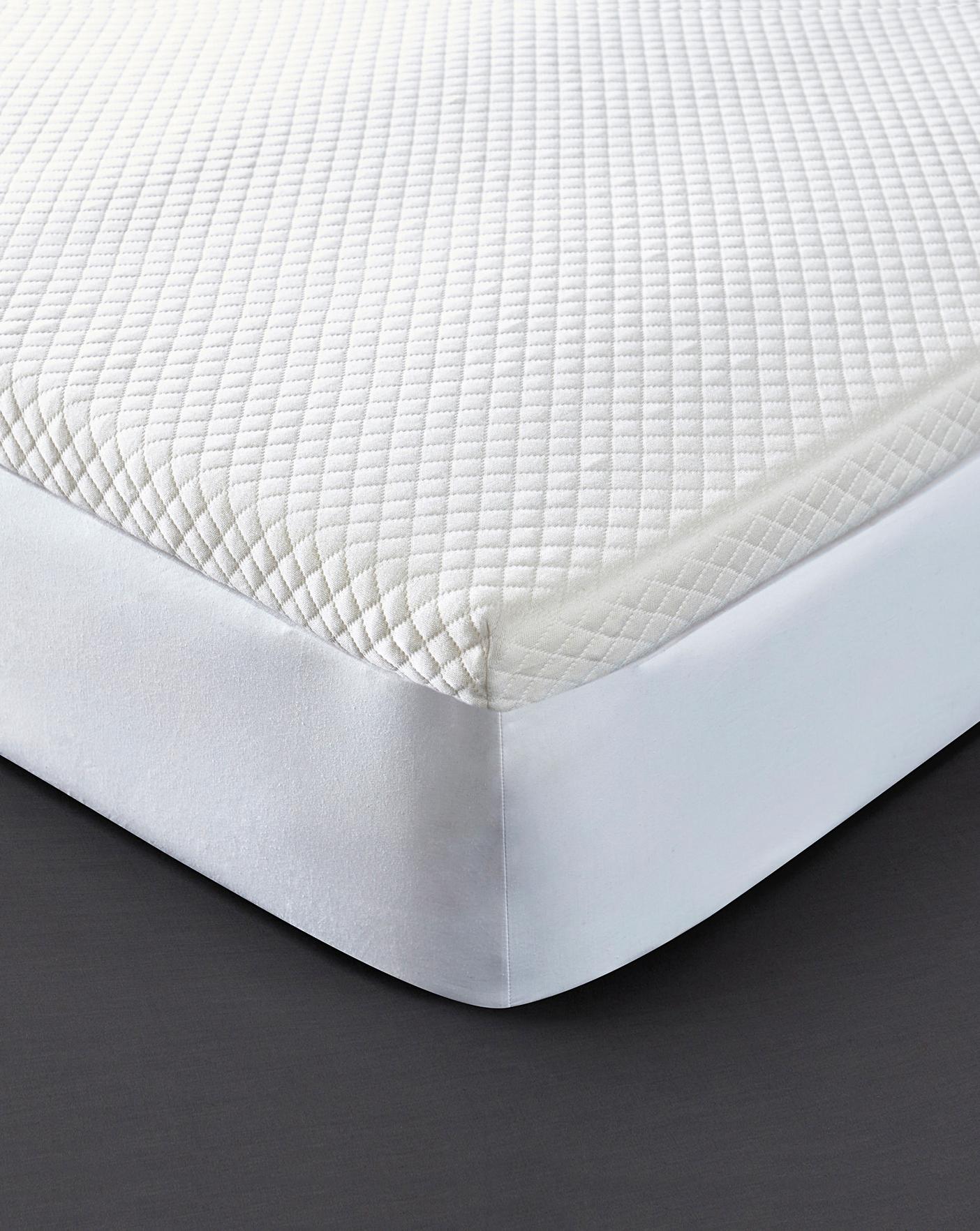


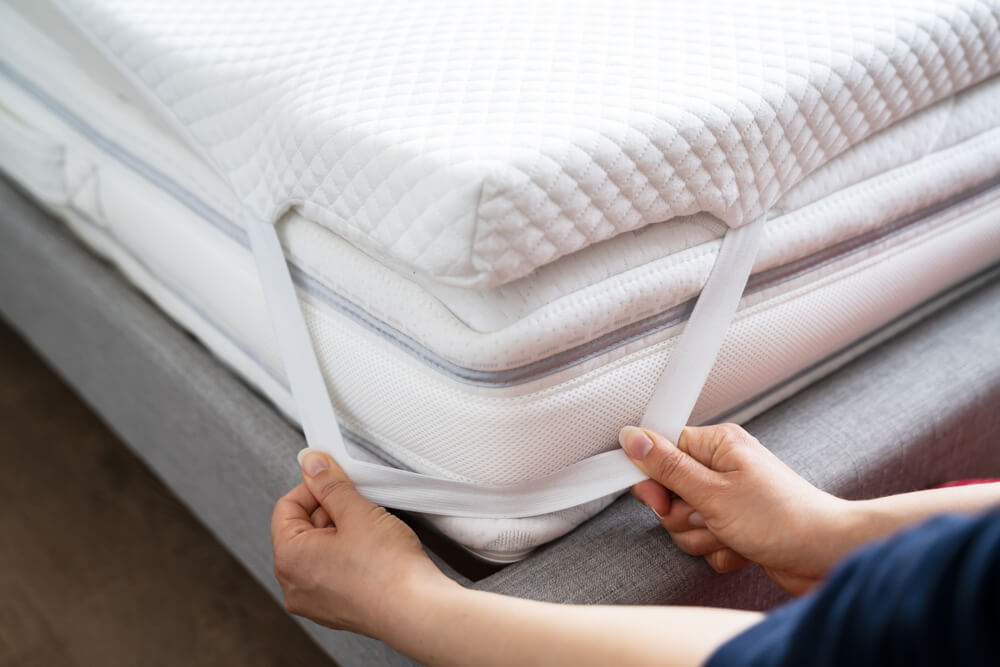
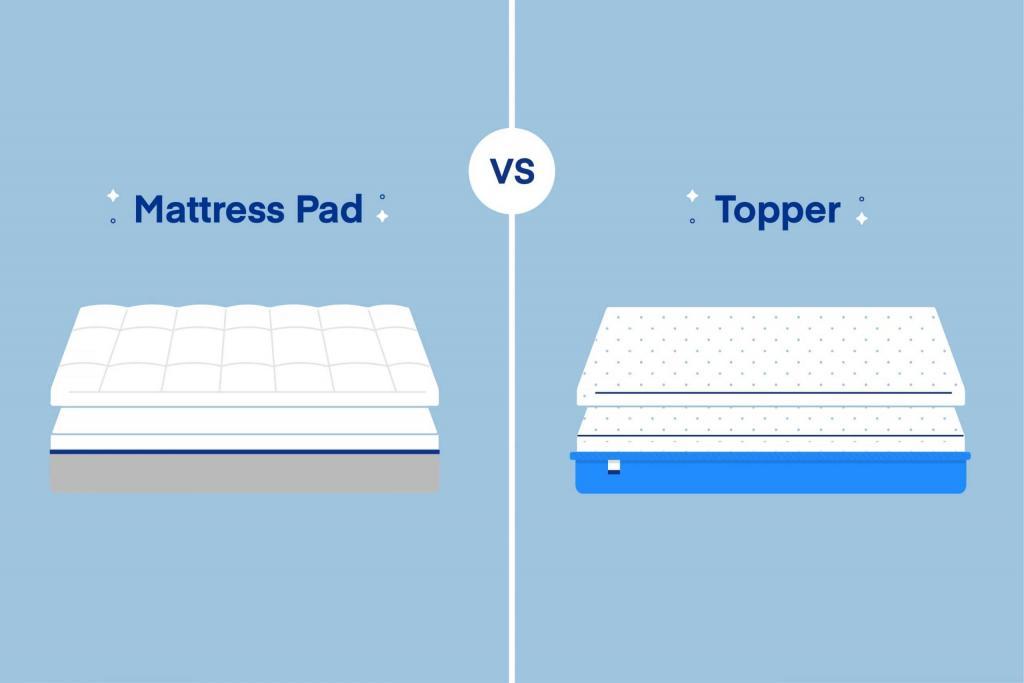
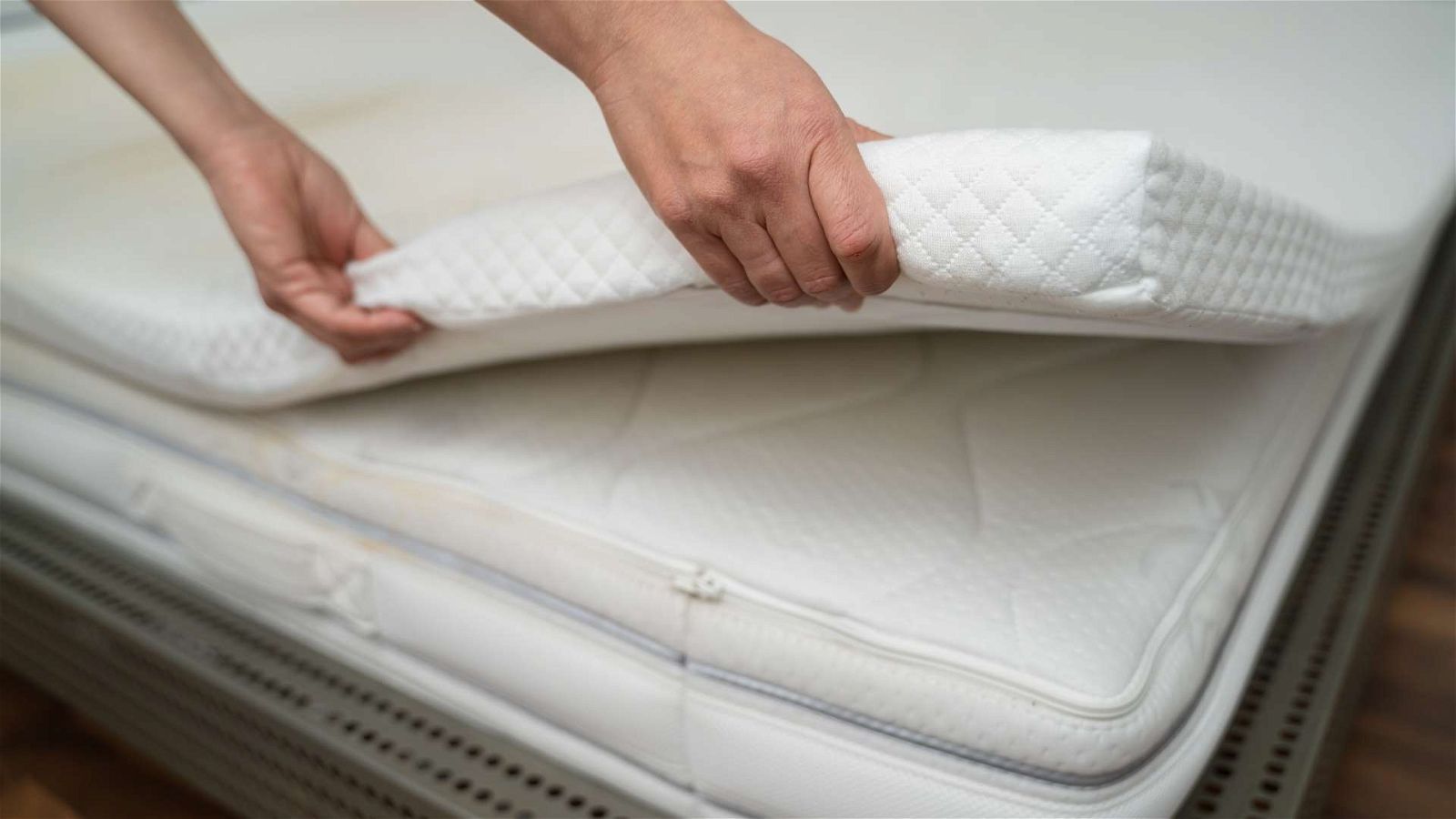

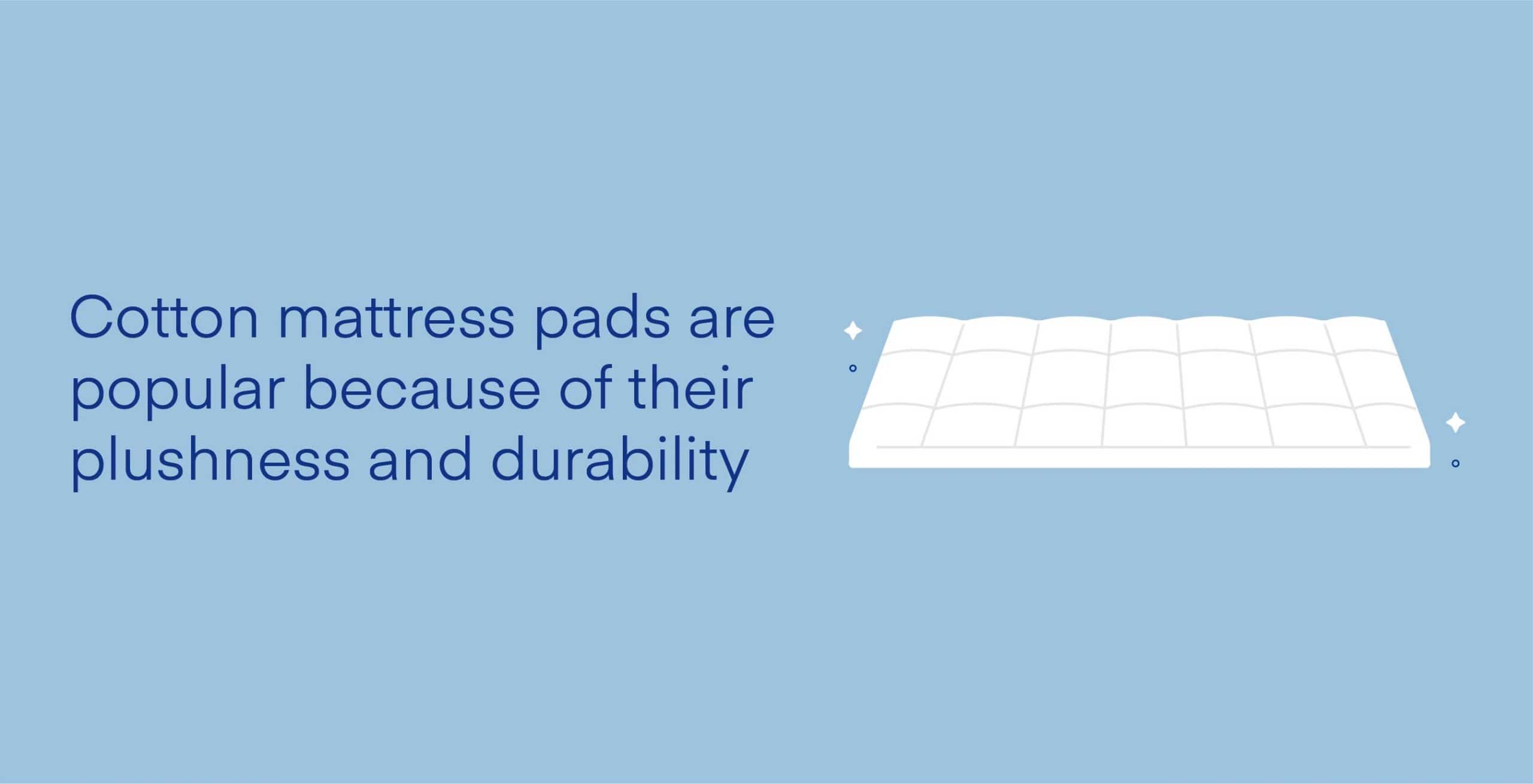
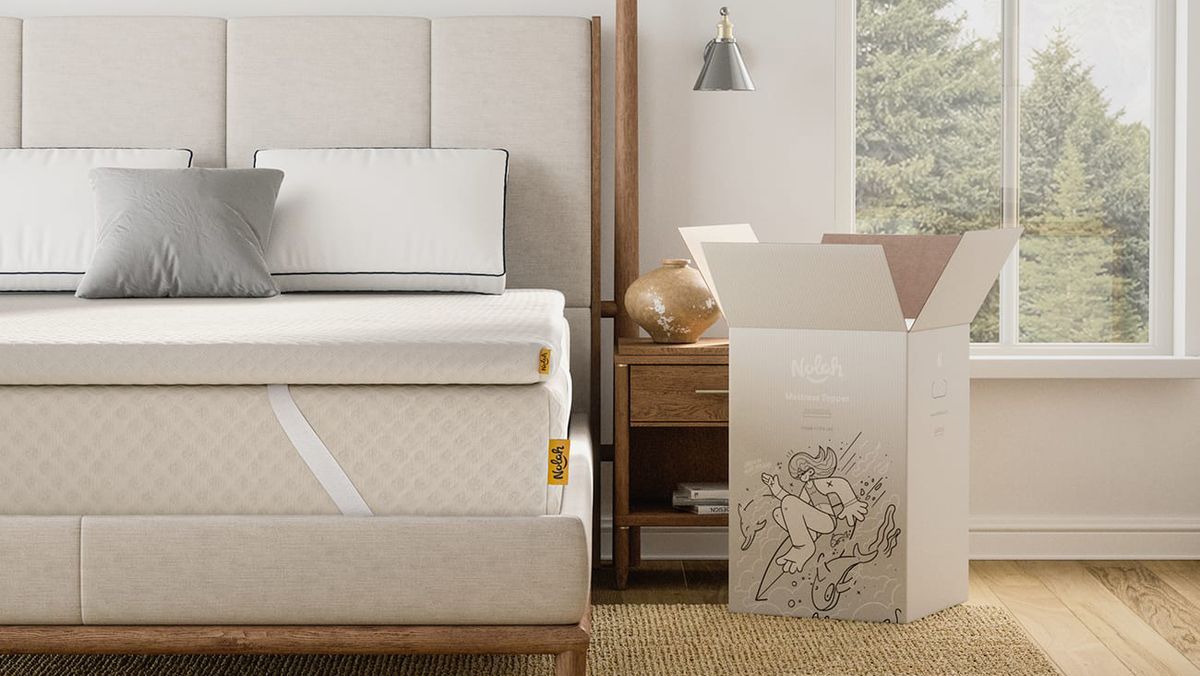
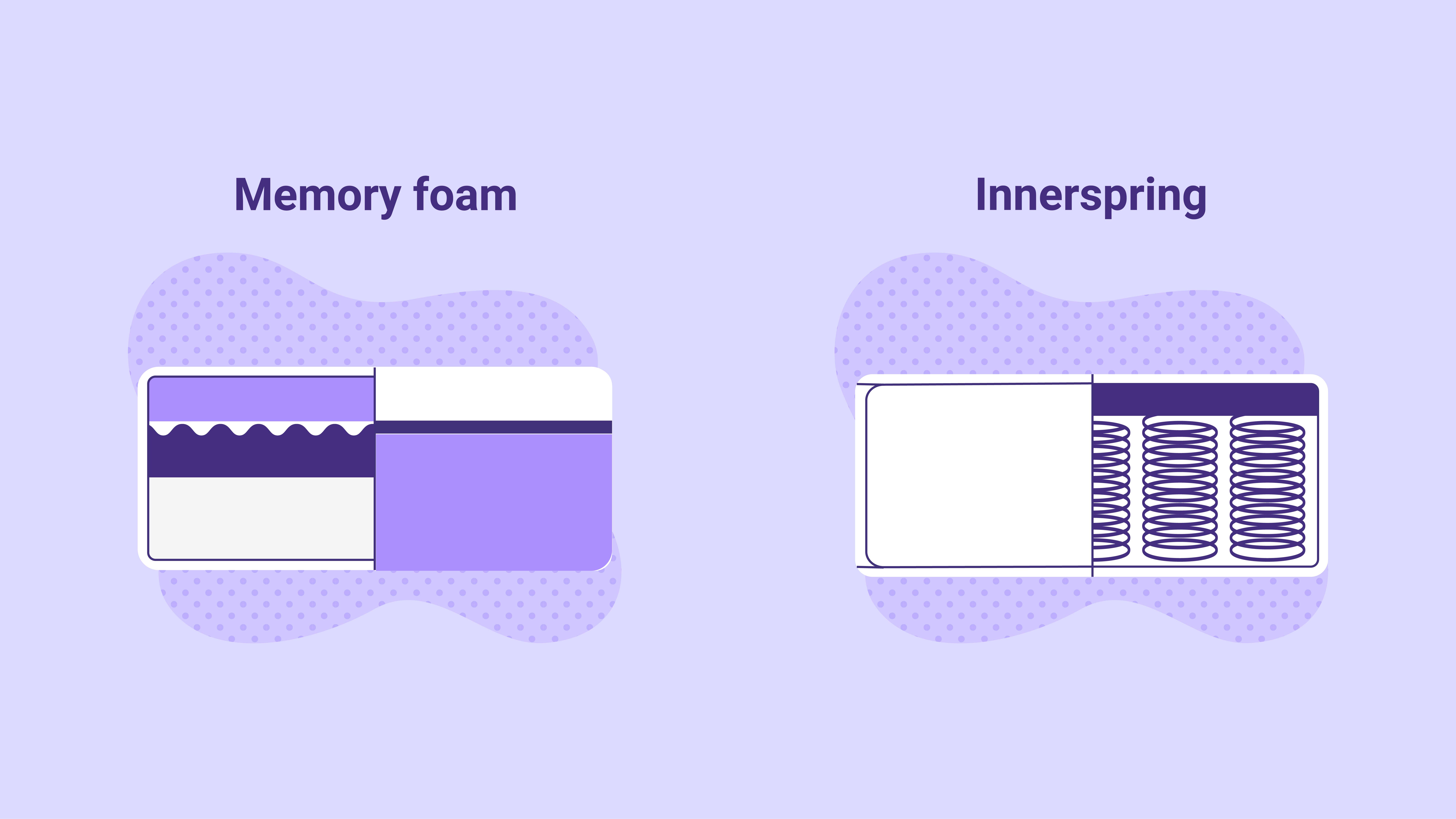
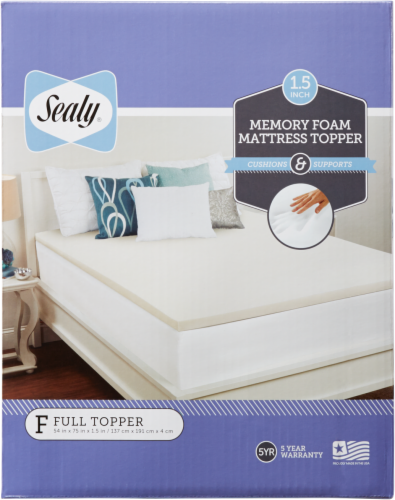

:max_bytes(150000):strip_icc()/SleeponLatex-b287d38f89374e4685ab0522b2fe1929.jpeg)





